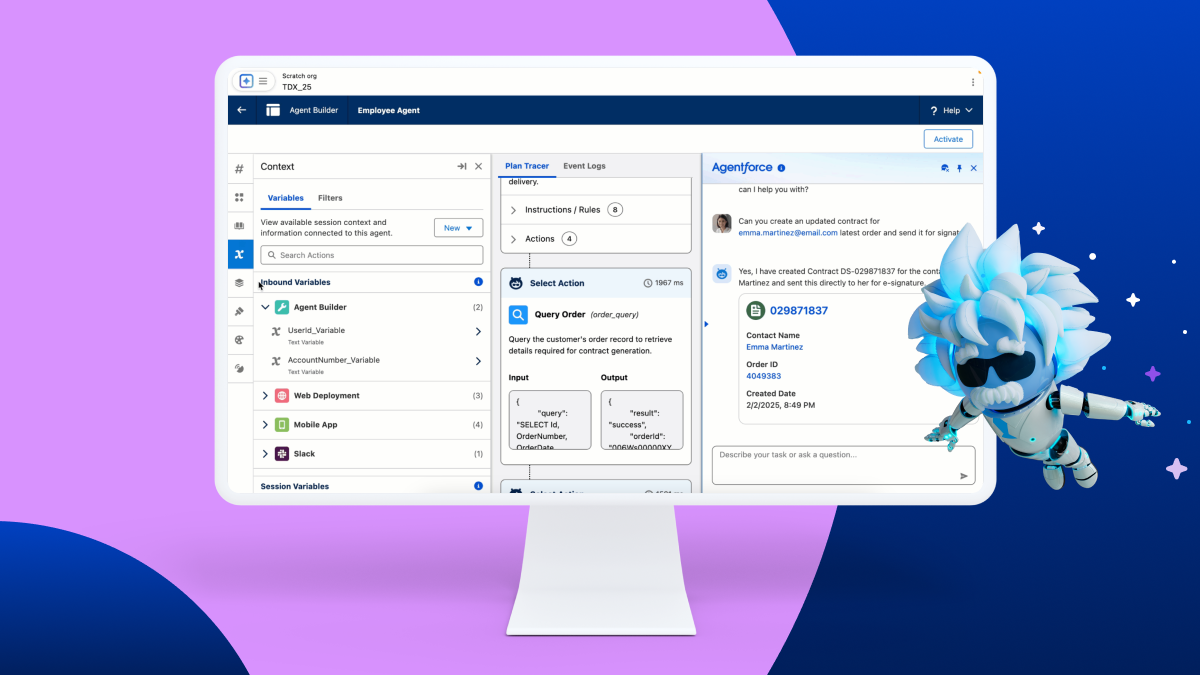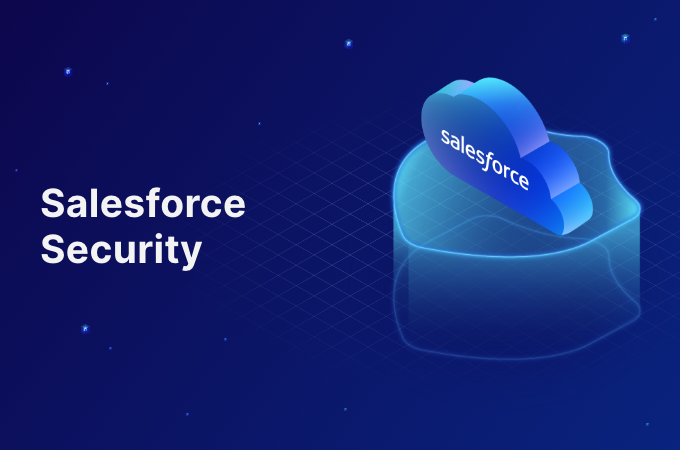These days, just about every business in India is racing to get digital—and a good CRM is at the heart of it all. Out of all the options out there, Salesforce really stands out. It’s flexible, scalable, and honestly, it can change the way you work. But to get the most out of it, you need people who know what they’re doing. That’s where Salesforce consulting partners in India come in. The right team can help you sort out sales, marketing, and customer service, all in a way that actually fits your business.
Why Work with Salesforce Consultants in India
Big company, small startup—it doesn’t matter. Working with an Indian Salesforce consultant makes a real difference. They figure out what’s holding you back, tweak your CRM so it actually works for you, and make sure it plays nice with your other tools. You end up saving time, managing leads better, and giving your customers a smoother experience.
- Custom Implementation and Integration
The best partners don’t just set up Salesforce—they make sure it’s done right from the beginning. They’ll look at how your business runs, set up the workflows you need, and build dashboards and reports that actually mean something to you. They’ll also connect Salesforce with your other systems—like ERP, marketing tools, or any third-party apps—so everything talks to each other.
- Industry Know-How
Top Salesforce consultants in India work across all kinds of sectors—finance, healthcare, retail, real estate, you name it. They get the specific challenges each industry faces, and they tailor Salesforce setups to support those needs. No cookie-cutter solutions here.
- Real-Time Insights
Teaming up with a Salesforce developer in India gives your business access to real analytics and AI tools. These folks set up dashboards and reports that show you what’s happening with your sales, customer interactions, and overall performance, right now. You don’t have to guess—you just know, and you can act on it.
- Ongoing Support
Salesforce keeps evolving, and your setup needs to keep up. That’s why Indian consultants don’t just disappear once things are live. They stick around for updates, security checks, and regular tune-ups. With their help, you stay on top of new features and industry best practices.
- Affordable, Flexible Solutions
One of the big wins of working with Salesforce consultants in India is the value. You get expert help at a price that makes sense, plus flexible service options. Whether you’re just starting out or already running a big operation, you’ll find a plan that fits—without cutting corners on quality.
How to Pick the Right Salesforce Partner in India
Don’t just go with the first name you find. Look for certified Salesforce pros who’ve actually delivered for businesses like yours. Make sure they understand your industry, can handle integrations and development, and are clear about how they work with clients. Good communication and solid support matter just as much as technical skills.
The Bottom Line
As 2025 approaches, more and more Indian companies are turning to Salesforce consultants. The technology is important, but the real magic happens when you work with people who know how to unlock its power. Whether you’re after custom development, a smooth rollout, or a long-term strategy, teaming up with the right Salesforce consulting company in India can change the way you connect with customers—and help your business grow.




